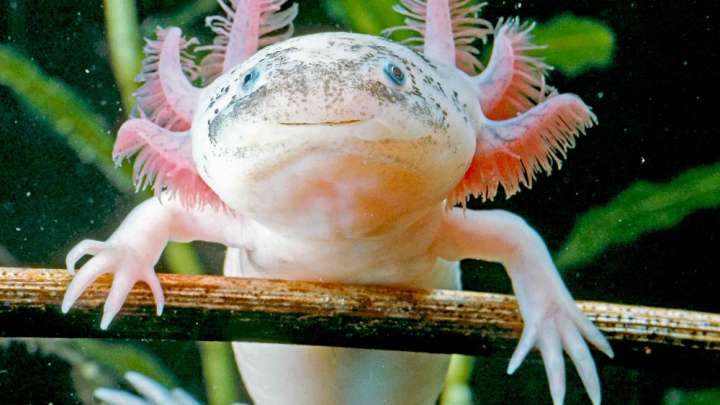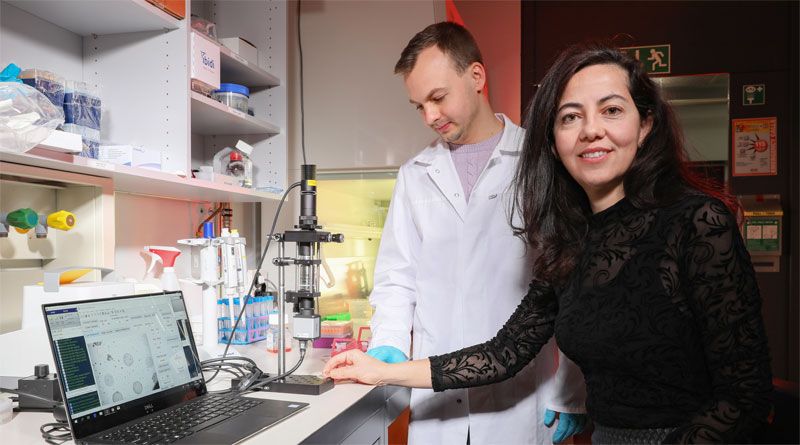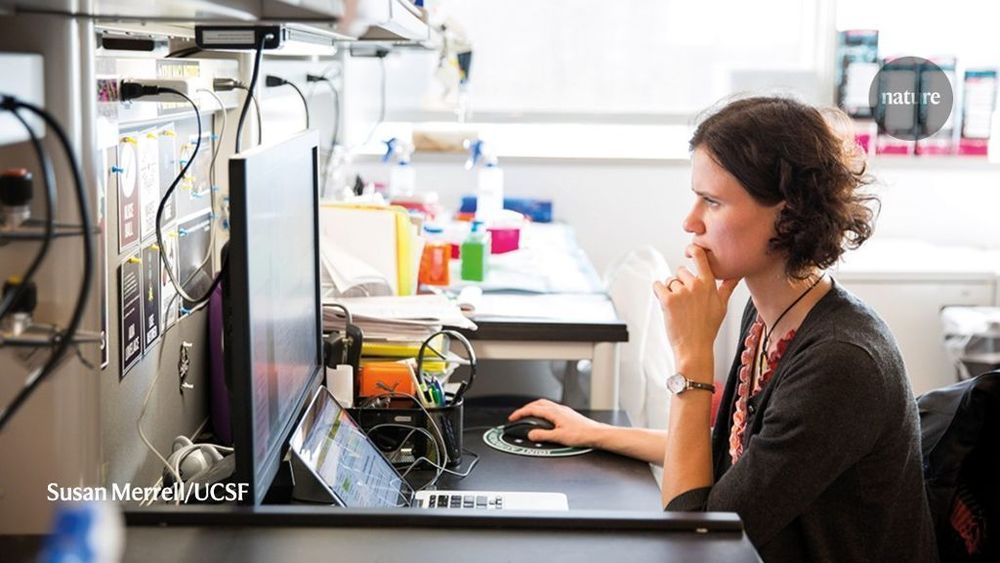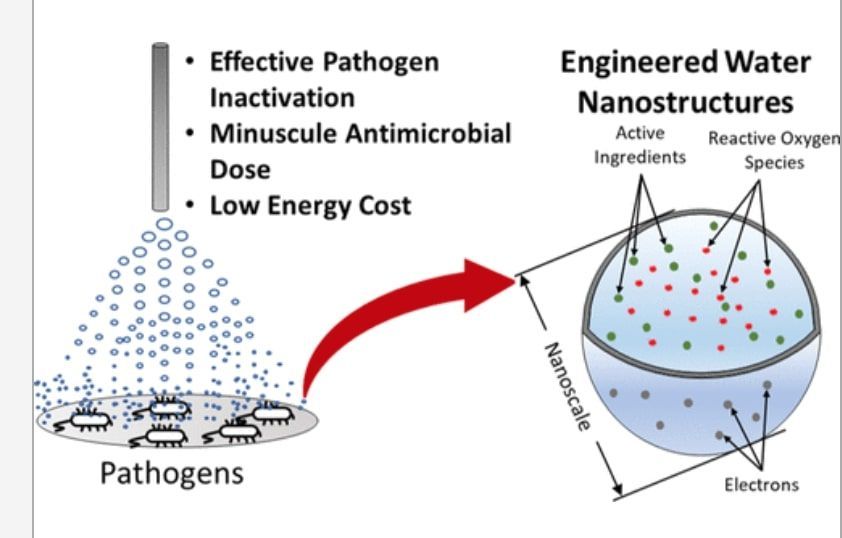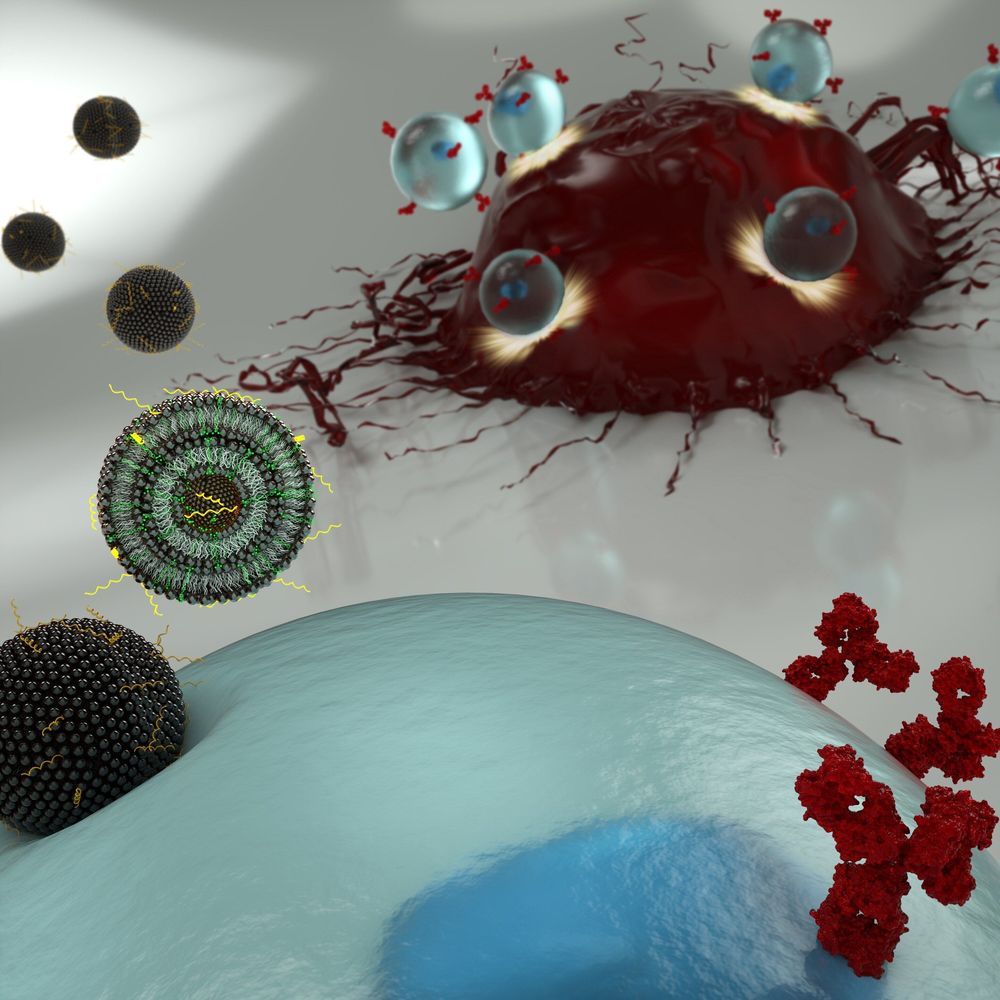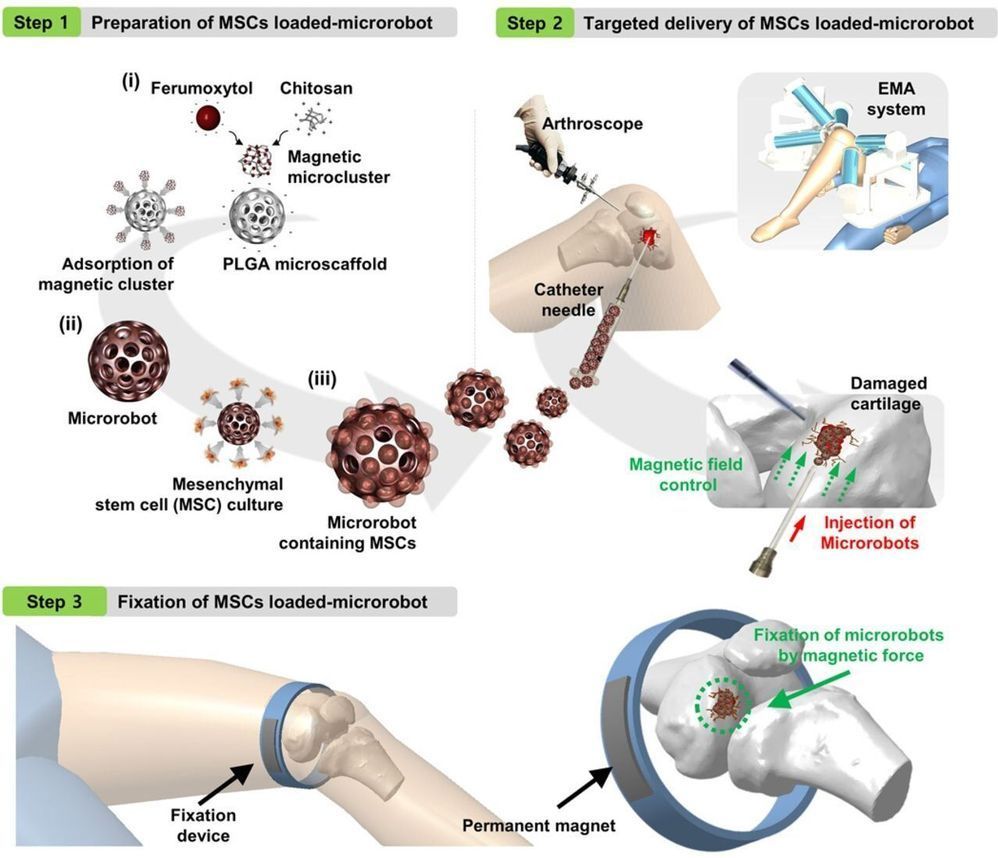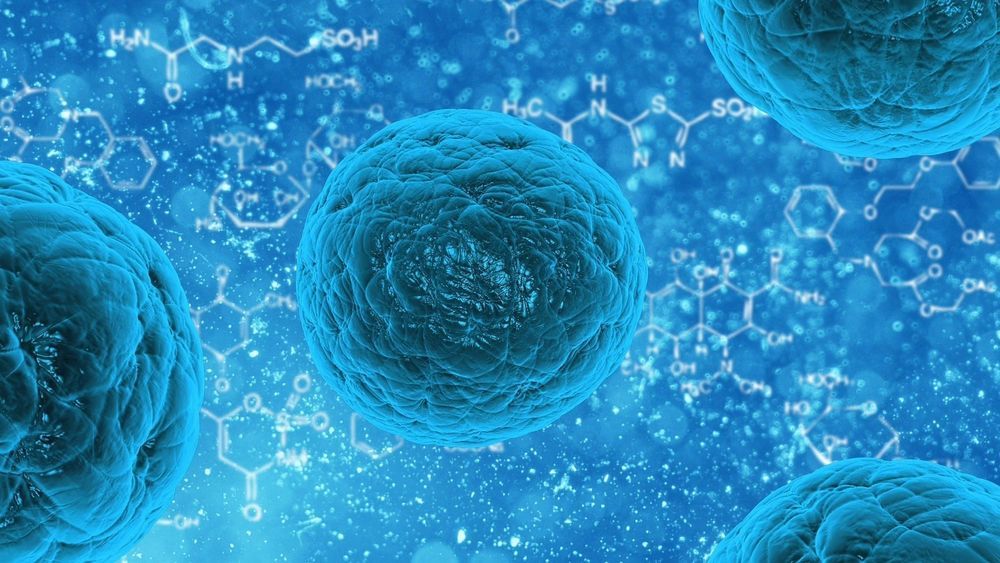Jan 29, 2020
Scientists Identify Two Genes Key To Axolotl Limb Regeneration
Posted by Quinn Sena in category: biotech/medical
The regenerative properties of axolotls has led to them become one of the most studied species of salamander in the world. In 2018 their genome, which is 10 times longer than that of humans, became the longest yet to be sequenced. However, understanding the functions of the genes associated with axolotl regeneration has proven a challenge for scientists, as they are contained within reams of repeated lengths of DNA.
Researchers at Yale University have developed a novel screening platform to potentially circumvent this problem, and bring the possibility of applying this regenerative process to humans a step closer. Their novel screening platform involved the creation of markers to track 25 of the genes suspected to be involved in axolotl limb regeneration.
“It regenerates almost anything after almost any injury that doesn’t kill it,” said Parker Flowers, co-author and Professor of Molecular, Cellular, and Developmental Biology at Yale University.
